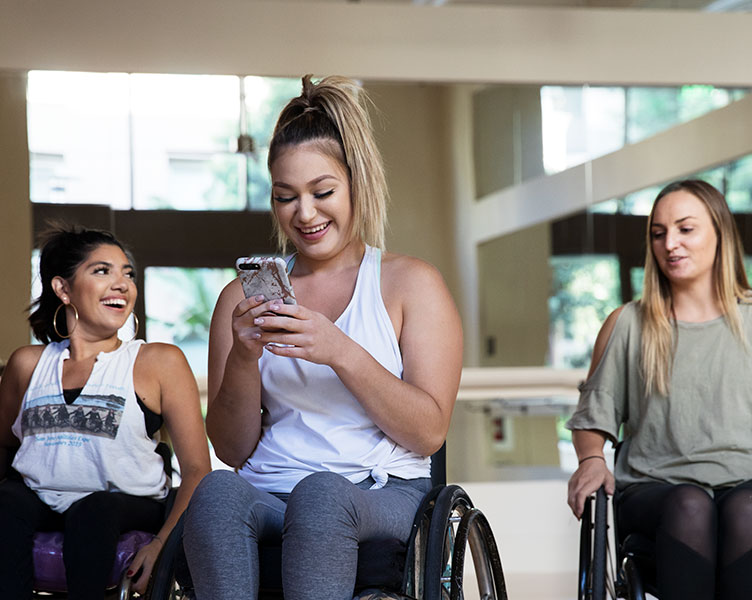Julian: The actual physical act of catheterizing yourself is simple; it’s very straightforward. However, the first hurdle was the acceptance of having to do it. The second part is… 'what happens when I go out'? Slowly, you start to think that it’s not that bad.

When you’re first learning to do clean intermittent self-catheterization, it’s not unusual to encounter difficulties. Here are some common issues others who catheterize have dealt with:
Women: how do I find the urethral opening?
A handheld mirror can be very useful. It may be a good idea to always carry one- just in case you need it.
What if I experience pain when inserting the catheter?
It may be uncomfortable when first starting to use intermittent self-catheterization. Try to relax, take a deep breath and try one more time. If the discomfort continues or you are experiencing pain, you should inform your healthcare provider immediately. There are different types of intermittent catheters, and you and your healthcare provider may decide if you would benefit from trying a different type. Your healthcare provider can tell you more about your options.
What if I can’t reach the toilet?
This type of challenge can occur- especially if you’re in a wheelchair. You can use a set solution, which is a catheter with a pre-connected urine bag. Additionally, you can also attach your own intermittent catheter to a urine bag.
What if I have trouble handling the catheter?
If you have limited hand dexterity due to your medical condition (or example, a spinal cord injury) you may find it difficult to handle a catheter. You and your healthcare provider may decide to look at different catheter options that could enable you to catheterize yourself. You might consider using a slightly more firm catheter which will be easier to handle, or ask for one with a bigger grip/handle. There are also other techniques and tips that your healthcare providers may be able to help you with.
Note: You should always speak with your healthcare provider when considering these new options. A change in the type or size of your intermittent catheters may require a new prescription to qualify for insurance coverage.
Vision problems or other physical challenges:
If you have vision problems, limited hand dexterity or other physical challenges it can sometimes be difficult to use intermittent catheters. However, it’s very likely that you can still learn the technique. Talk to your healthcare provider for suggestions, and don’t get discouraged. Once you do master intermittent catheterization, it will offer much more freedom in your daily life.
If you want to know more about the features of the different products, give us a call.
This information is for educational purposes only. It is not intended to substitute for professional Medical advice and should not be interpreted to contain treatment recommendations. You should rely on the healthcare professional who knows your individual history for personal medical advice and diagnosis.



